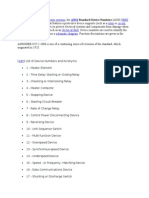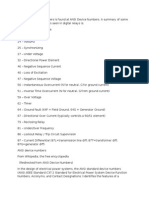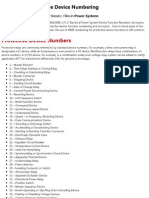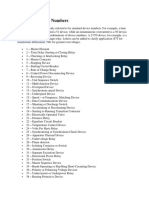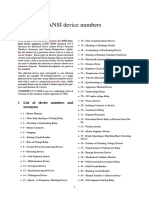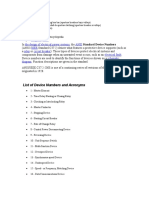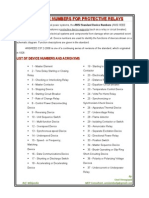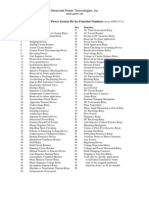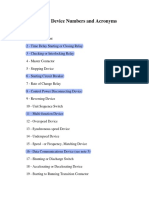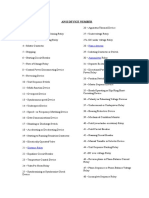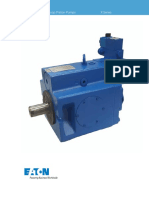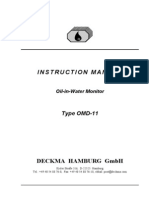0% found this document useful (0 votes)
122 views10 pagesProtective Relay Code Numbers
The document outlines standard device numbers for protective relays, such as 50 for instantaneous overcurrent and 51 for time overcurrent, along with multifunction devices like 27/59 for under/over voltage. It provides a comprehensive list of device numbers and their corresponding functions, as well as prefixes and suffixes for more specific definitions. Additionally, it includes a comparison between ANSI and IEC standards for various relay functions.
Uploaded by
FARHAD BIN DARAINCopyright
© © All Rights Reserved
We take content rights seriously. If you suspect this is your content, claim it here.
Available Formats
Download as DOCX, PDF, TXT or read online on Scribd
0% found this document useful (0 votes)
122 views10 pagesProtective Relay Code Numbers
The document outlines standard device numbers for protective relays, such as 50 for instantaneous overcurrent and 51 for time overcurrent, along with multifunction devices like 27/59 for under/over voltage. It provides a comprehensive list of device numbers and their corresponding functions, as well as prefixes and suffixes for more specific definitions. Additionally, it includes a comparison between ANSI and IEC standards for various relay functions.
Uploaded by
FARHAD BIN DARAINCopyright
© © All Rights Reserved
We take content rights seriously. If you suspect this is your content, claim it here.
Available Formats
Download as DOCX, PDF, TXT or read online on Scribd
/ 10









